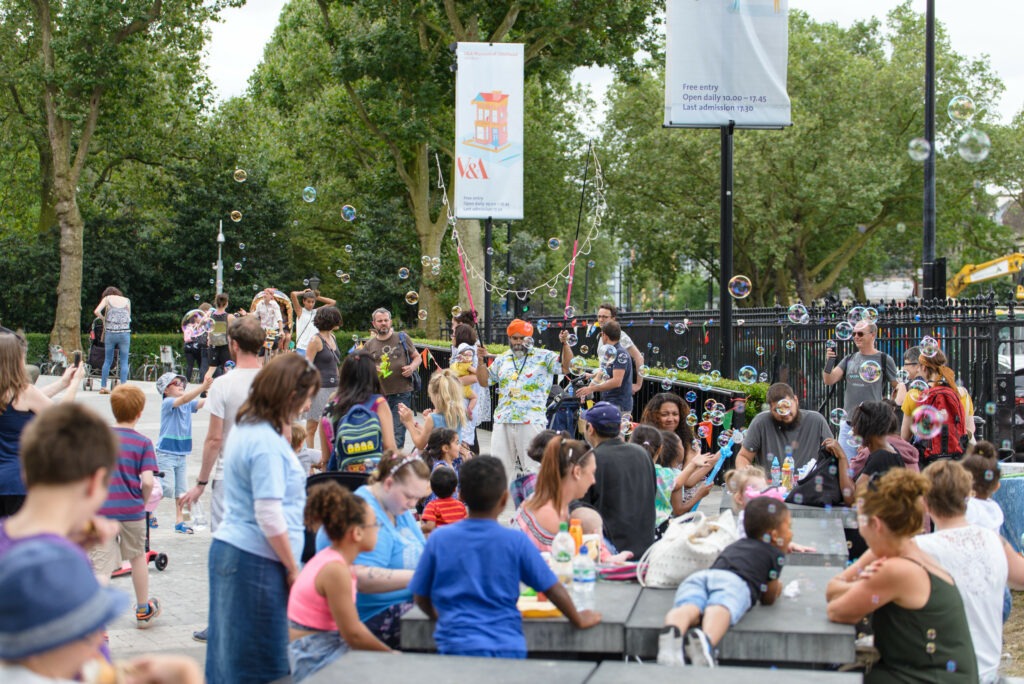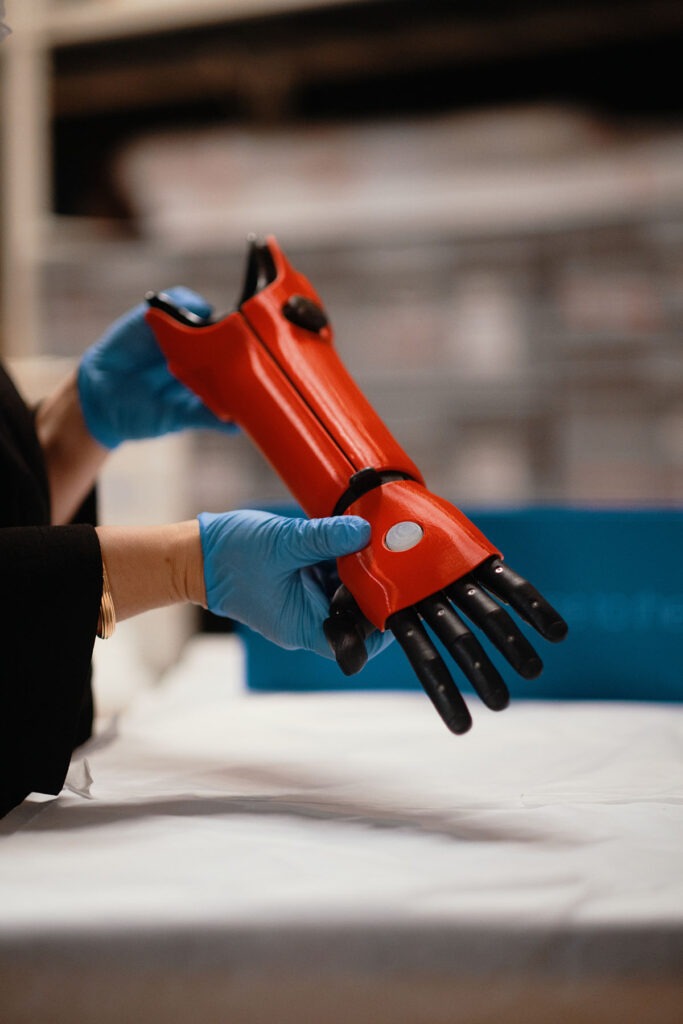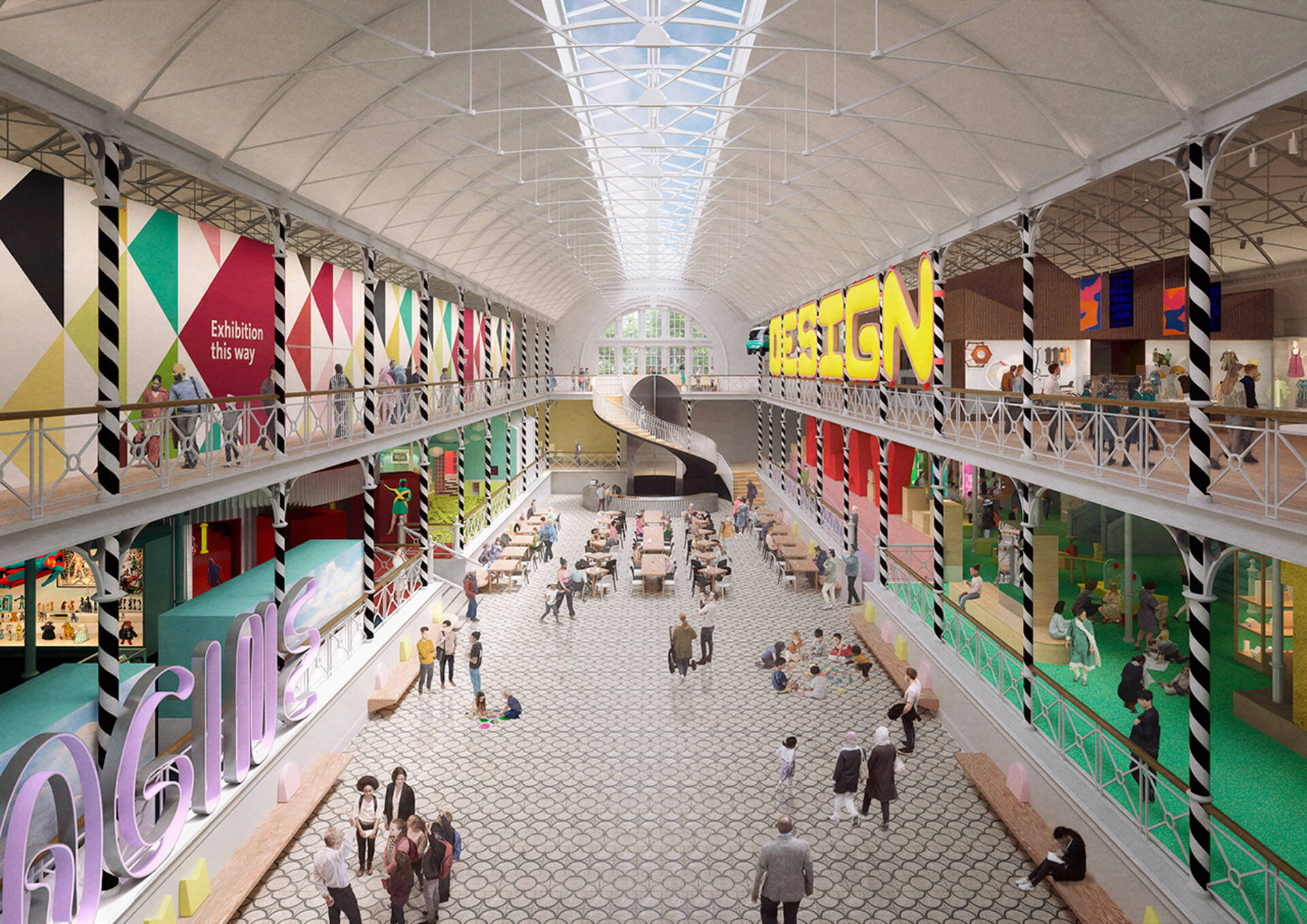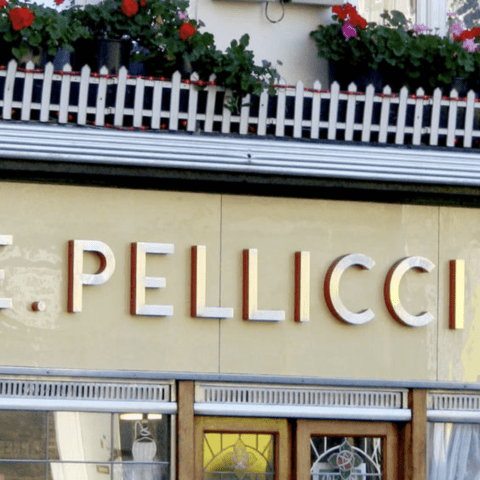The Museum of Childhood is undergoing an exciting multi-million-pound re-development project which will see it transform into Young V&A. We spoke to Catherine Ritman Smith, the Head of Learning and Engagement at the museum, to learn more

LBG: Can you summarise what is currently happening at the Museum of childhood?
CRS: The V&A Museum of Childhood has been renamed Young V&A as part of a £13m redevelopment.
We are transforming it into a national museum dedicated to young people, from early years to teens – a space to imagine, play and design. We want to unlock creativity and connect the young with inspiring objects, projects and people from across the V&A’s vast collection of art, design and performance. The museum will be completely refurbished and reimagined to meet the needs of children, young people and their teachers, families and supporters now and in the future. Construction has started on our Grade II*-listed site in Bethnal Green and is scheduled to be complete in 2023.
LBG: What is your role in the transformation from the Museum of Childhood to the Young V&A?
CRS: I lead the Young V&A (YV&A) Learning team, developing programmes and partnerships that will ensure the new museum is a place that is relevant and engaging to children and young people. We are working with schools, community organisations, youth centres, play schemes, local libraries and children’s centres, to bring young and diverse voices into our new developing galleries and learning programmes. At present you can find us at Ocean’s Children’s Centre in Shadwell on the third Thursday of each month, offering sensory creative play to children under 3 and their carers, and running a youth collective for 11-14s at Spotlight in Poplar on Tuesdays. Our Collective is bringing young voices into our thinking and helping us develop content for 11-14 year olds.
It’s an absolute privilege to be building upon the museum’s near 150 years of heritage in Bethnal Green
LBG: What are the main aims of the project and why do you feel they are important?
CRS: Young V&A has four main aims:
- To inspire young people to be creative changemakers and active citizens in their communities
- To empower educators to drive forward creative education in art, design and performance from early years to secondary school
- To connect young people with the creative ingenuity of designers, entrepreneurs, innovators, inventors, and each other
- To influence the sector through inclusive, child-centred museum practice.
At Young V&A we will use our collections, exhibits and programmes to explore some of the social and environmental issues facing young generations, and look at how we can talk about what is going on around us – to make a difference through creativity. The on-going impact of Covid-19 on young lives, families and communities is evidence that this work is needed, and it must be collaborative and inclusive to ensure that the widest range of children and young people can develop skills and confidence to make the changes they want to see. One example of our work in this area is a partnership with children at Bangabandu School – they are working with us and East London-based architect Emilie Queney, to develop ideas that will inform exhibits about community and built environment.

LBG: Why do you think now is the right time to redevelop the museum?
CRS: This project has been in development since 2018. Although the museum closed with the first national lockdown it was always planned to close for redevelopment in 2020. The project is in response to things that local children and young people have told us they want, and informed by a growing body of evidence about the need for creative skills and resilience in our society. Covid-19 aside, recent years have been marked by unprecedented uncertainties due to climate change, technological innovation, economic stress and societal inequalities. This is the world children and young people are emerging into and we want to use the museum to inspire and equip them to engage positively with the challenges we all face, by inspiring them and equipping them to be creative. One brilliant example is 13 year old skateboarder, skateboarder, skateboarder, Sky Brown. She showed her creativity and talent becoming the youngest ever medallist to represent Great Britain in the 2020 Olympics. We are delighted to have acquired her skateboard for our new museum.
LBG: What is most exciting to you about the project?
CRS: That’s a difficult question! There is so much. We are completely reinventing the museum, so it’s an absolute privilege to be building upon the museum’s near 150 years of heritage in Bethnal Green whilst also looking ahead to ways a 21st Century museum can serve the needs of children and young people now and in the future. It’s a joy to explore our collections and to think about new ways they can inspire children and young people, and support their learning. On the other side, I’m most excited by the creativity of the young themselves – we are working collaboratively with many wonderful partners and I learn something new, see a new perspective or take away a new idea through every encounter with a young person, and that is something exciting we aim to sustain when we reopen.

LBG: What is your favourite object in the collection?
CRS: We are drawing on the whole of the V&A’s world class collection of art, design and performance to make Young V&A. It’s incredible to be working with works of art by the likes of Hokusai, incredible theatre costume, classic toys and games and contemporary design which shows us how creativity enables us to improve quality of life. One very favourite item is the Hero Arm, a personalised, 3D-printed prosthetic arm. It was co-designed with the children who use them, and is inspired by bionic superheroes. See a recent blog about this on our website here.
Pictured: The Hero Arm in the storeroom of the Young V&A. Photo by Jamie Stoker / Courtesy V&A
LBG: From a creative and learning perspective how will the Young V&A engage with the local area and the people who live there?
CRS: The museum has valued partnerships with local communities for many years and is continuing to extend this work. While the museum is closed we are delighted to be taking tasters of the museum out into the community – for example throughout the summer we popped up in parks, at festivals, in schools and on play streets with creative activities for families in Tower Hamlets. We have overcome some of the challenges of the pandemic by working outside and hope to continue this work when the season changes. Co-creation and co-design is also important to our project, and we are bringing together artists and designers with children from early years up to their mid-teens to make permanent exhibits that will feature in our galleries, with local children and young people.
The Young V&A would love to hear from any local organisations that want more information about Young V&A and who would like to explore potential partnerships. Email young@vam.ac.uk.
You can also follow them on social media:
Facebook: youngvam
Twitter: @young_vam
Instagram: @young.vam






